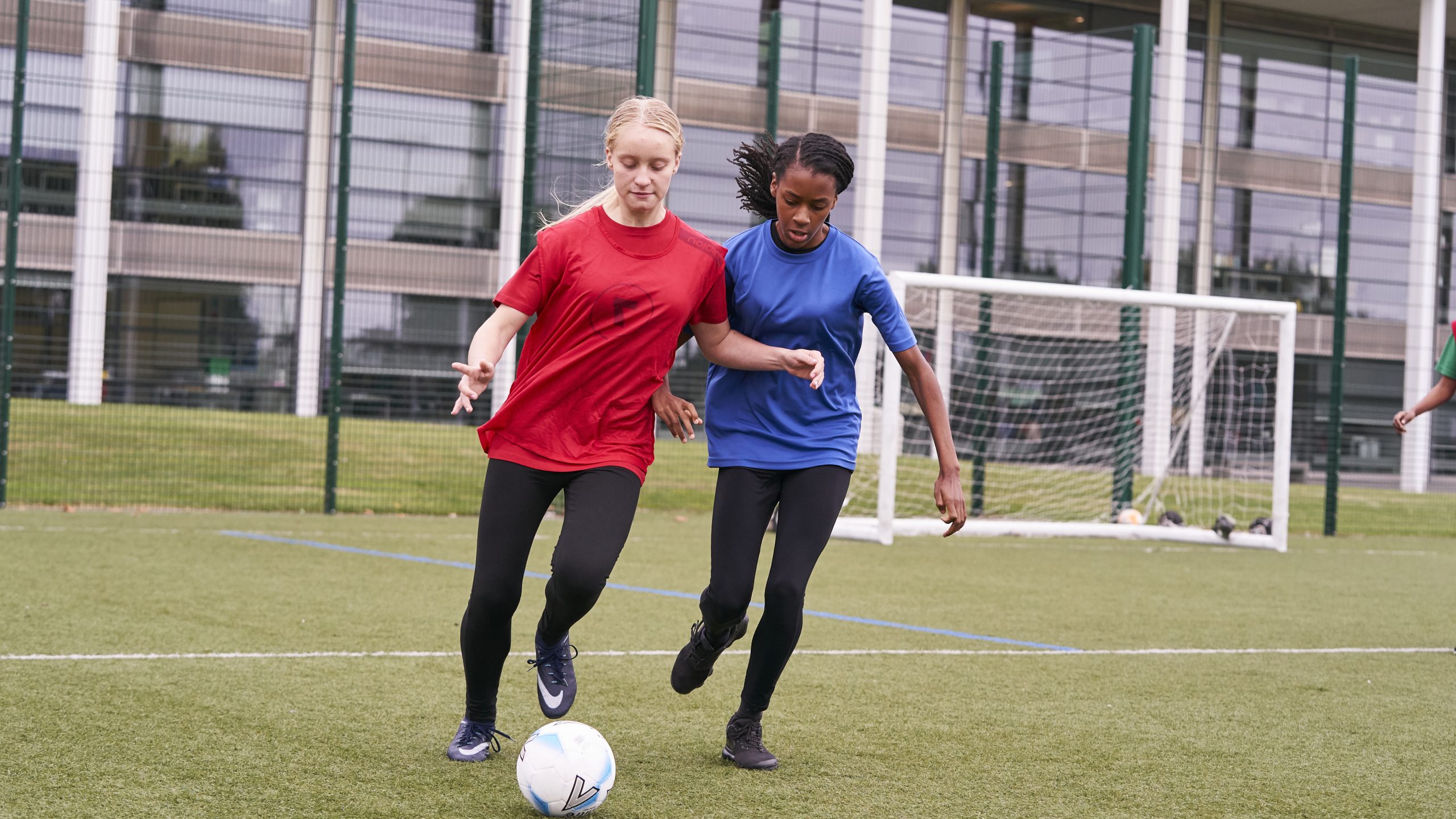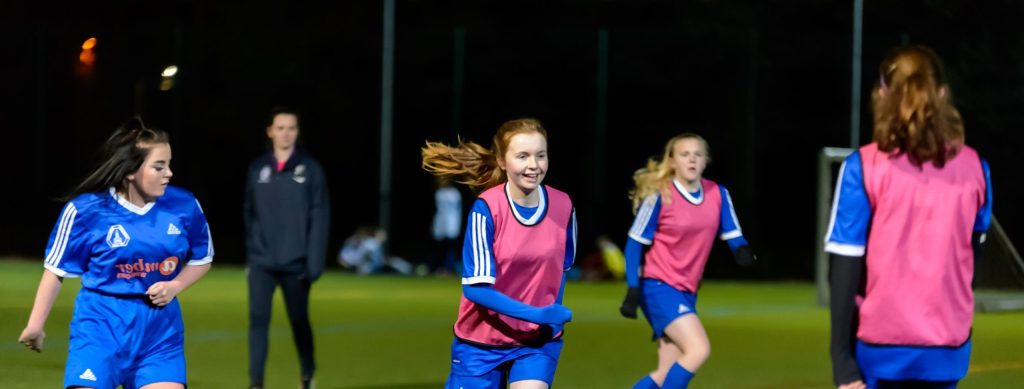The latest Sport England Active Lives Children and Young People 2021-22 survey records some positive headlines. Overall activity levels for children and young people appear to be returning to pre-pandemic levels. However, it is a rise in activity levels among 7-16 year-old boys that is driving the increase, with girls remaining less active than boys in every school year. Overall activity levels are well below ideal and there are some stark gender gaps as well as racial and economic inequalities playing out.
In the least affluent families only 42% of children and young people are getting at least 60 minutes of activity per day, 10% fewer than those from the country’s wealthiest families. Girls are less likely to be active than boys, with 45% of girls aged between 5-16 years old classed as active, compared with 50% of boys. And 12% fewer black girls are active than white girls, the same same is true for asian girls, a much greater ethnicity gap than for boys.
-
Only 42
%
of children and young people in the least affluent families are getting at least 60 minutes of exercise per day
-
Only 45
%
of girls aged 5-16 are classed as active, compared to 50% of boys. 12% fewer black girls than white girls are active.
As relative normality resumes, there has been a substantial shift in the types of activity children and young people are taking part in. Swimming, team sport and racquet sports have returned whilst lockdown surges in going for walks, cycle rides, running and multi-sports have largely dipped. Encouragingly active travel has increased for all and for girls aged between 13-16 there’s been a slight (2.5%) rise in activity levels from last year, to 45%.
There are still huge numbers of teenage girls disengaging from sport during secondary school, as found in our report Reframing Sport for Teenage Girls: Tackling Teenage Disengagement.
This summer the Lionesses captivated the nation and showed girls that they do belong in football. The survey found that there are now 100,000 more girls playing football than there were five years ago. Whilst a big step in the right direction there remains a very substantial gender gap in team sport with 22% fewer girls than boys participating. Our Dream Deficit report supports this and while it’s great to see an improvement in the number of girls playing football more needs to be done to close the team sport gap.
Boys’ attitudes towards sport have improved. Those aged 11-16 have seen their positivity around exercise return to how it was before the pandemic, but girls in the same age group are not enjoying sport as much as they did before the pandemic. Black girls are reporting significantly fewer positive attitudes than pre-Covid levels.
Even in this context the Youth Sport Trust Girl’s Active survey (Oct 2022) indicates that at primary school 62% of black girls like PE a lot (more than white girls 51%) and 72% wanted to do more. School team sport could also narrow the gender gap. So it seems schools may hold the key to reducing a number of inequalities borne out by this data.
Stephanie Hilborne, CEO at Women in Sport, said: “2022 has been an incredible year for women’s sport on the world and European stages, so girls already engaged in sport are now able to dream, and the numbers of girls playing football is up. The tragedy is that so few girls fall into this bracket because even those who once loved sport are held back by unnecessary and limiting stereotypes. As a result, 1.3 million teenage girls have fallen out of love with sport in the UK and 22% fewer girls than boys play team sport.
Girls must have equal access to sport as an essential element of their young lives.
Stephanie Hilborne OBE, Women in Sport CEO
“This matters because we know that sport can give girls and women resilience, courage, self-belief and a sense of belonging. And the tragedy is two-fold, at least. First, youth mental health services are at breaking point yet we continue to overlook a fundamental opportunity to alleviate the anxiety-related illnesses blighting girls’ lives. Second, sport is key to building bone density (90% of peak bone mass in girls is developed by the age of 18) so we are missing the opportunity to prevent a repeat of the current situation in which half of women over 50 suffer fractures due to osteoporosis.
“Girls must have equal access to sport as an essential element of their young lives. Sport is not only vital for physical and mental wellbeing but can provide joyful and rewarding life experiences that build resilience and skills in leadership and teamwork. It is a myth that that girls simply “drop out of sport”. This is not inevitable. Rather, society is making it impossible for most girls to feel free and fulfilled through sport. We need to crush early years stereotyping and turbo-charge school sport for girls.”


